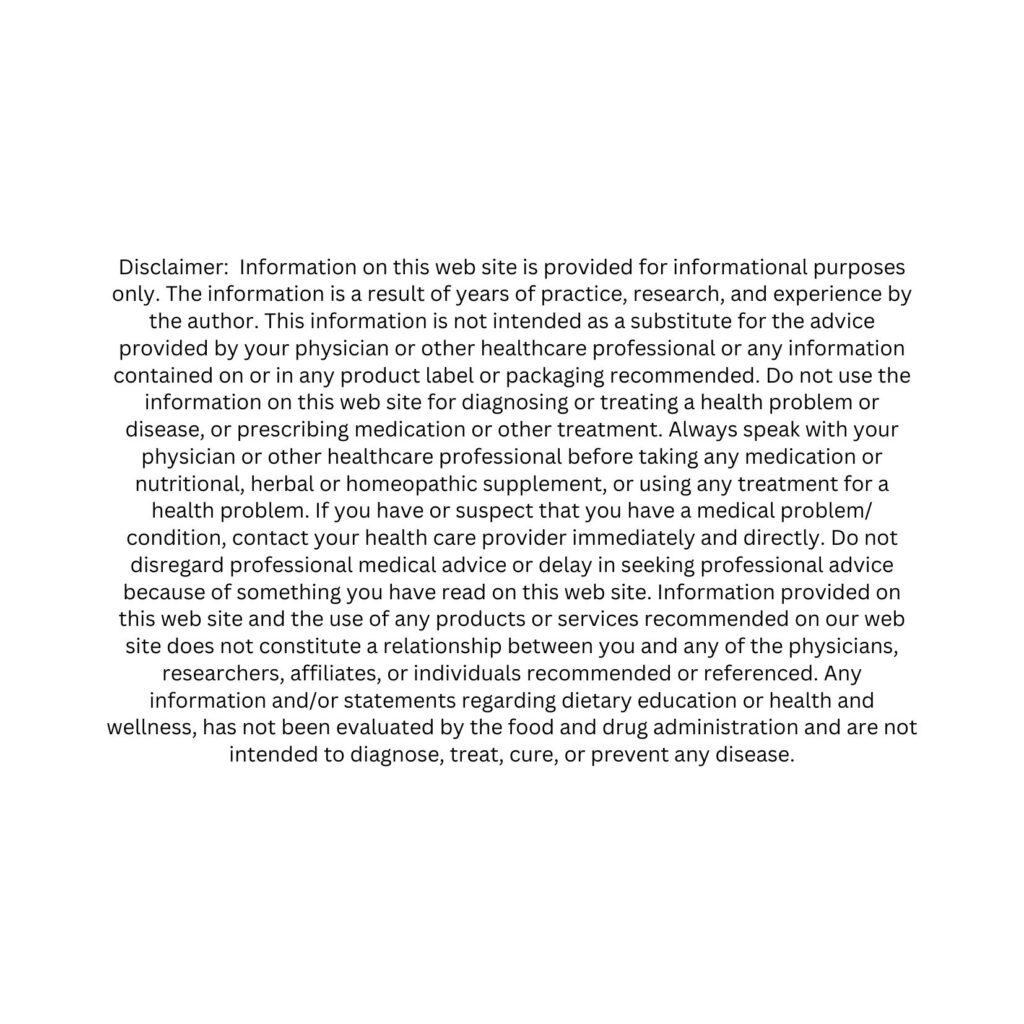General Mills’ box tops program slyly mimics homework & teacher appreciation programs & uses school participation to tout branded products to kids
 Since 1996, through its Box Tops for Education program, General Mills has been encouraging parents to cut out little hot pink rectangle coupons from the tops of their Wheaties, Cheerios and Lucky Charms boxes. Children take them to school, and a Box Top coordinator redeems the coupons for cash: 10 cents per box top. Schools can use the money as needed, to buy books or fund a field trip. It seems like a great idea, an easy way for parents to help their kids’ schools raise money.
Since 1996, through its Box Tops for Education program, General Mills has been encouraging parents to cut out little hot pink rectangle coupons from the tops of their Wheaties, Cheerios and Lucky Charms boxes. Children take them to school, and a Box Top coordinator redeems the coupons for cash: 10 cents per box top. Schools can use the money as needed, to buy books or fund a field trip. It seems like a great idea, an easy way for parents to help their kids’ schools raise money.
But let’s be clear: Box Tops for Education is neither philanthropic nor benign.
Most parents are surprised by how much food marketing occurs in schools and are unaware of its impact on childhood food preferences and diet quality. In 2006 the food industry spent $186 million marketing to youths in schools alone — from signage on scoreboards and vending machines to ads in yearbooks and sponsoring events. Food marketing to children is critical for companies wishing to cultivate lifelong customer loyalty.
In a 2009 article published in The St. Paul Pioneer Press, Brian Peters, then the director of Box Tops for Education, is quoted as saying of the program, “We’re able to do good, but for a brand marketer, it really is another lever they can pull, for their mix.” Today the Box Tops program is no longer limited to cereal boxes. You can find those little pink rectangles on many General Mills processed food items, from Betty Crocker cake mixes to Reese’s Peanut Butter Treats. With astronomical rates of obesity among our nation’s youth, we must ask ourselves whether the efforts to collect and redeem box tops are helping or harming our kids.
By licensing the Box Tops for Education brand to other companies, General Mills has expanded the program beyond its processed foods to a host of items ranging from Kleenex tissues to Hanes underwear. With so many products to choose from, parents can feel they are helping their schools by buying products they would have purchased anyway. It isn’t so simple, though.
The Box Tops program is a prime example of cause marketing, in which for-profit and nonprofit organizations have supposedly mutually beneficial marketing relationships. The Pioneer Press quoted Peters as saying, “Box Tops for Education is really a loyalty program and a merchandizing program.” In other words, it’s a mechanism to encourage parents to buy General Mills products instead of others, including much less expensive generic items.
The loyalty aspect of the program presents an even larger danger. Repeated exposure breeds brand loyalty, which in turn has implications for our children’s health. Since its inception in 1996, the Box Tops program has given more than $525 million to schools across the country. That may seem like a lot, but when you multiply 90,000 schools (the number of K–8 schools that General Mills says participate in the program) by 550 students (the average number of students per school in the U.S.), add the parents and stretch it over 18 years, it becomes pretty obvious that this is low-cost advertising for a major corporation disguised as charity. Moreover, at 10 cents a box top, this figure represents 5.25 billion General Mills items (and items from the recent licensees) purchased over that period. While it’s impossible to know how much of that business would have instead gone to General Mills’ competitors or much cheaper generic brands, it’s easy to see how this program massively benefits General Mills.
A new strategy by General Mills has made Box Tops for Education even sketchier. Its website provides monthly child-friendly collection sheets to be sent home with kids to tape coupons to, making it easier to transport them back to school. In an egregious example, General Mills challenges students to “float to the top of your class with Box Tops” by taking home and completing an alphabet collection sheet with letter-shaped balloons and spaces for 26 corresponding Box Top coupons. If schools elect to download and use these collection sheets, it becomes clear that kids and their parents will feel social pressure to successfully participate in this school activity. If it is a teacher who is handing out or collecting these monthly sheets, there is a heightened risk that students will perceive it as a homework assignment. Worst of all, alphabet collection sheets send the message that processed foods are aligned with education.
Even without the collection sheet, Box Tops for Education has become such a stronghold in our schools that parent-teacher associations across the country have come to depend on the money it generates. But at what cost to children’s health? The $40 million General Mills doled out last year comes to approximately $400 per participating school, or less than $1 per student. That barely buys a new computer. Even if the program raised more money than that, our children’s education and peace of mind at school should not be caught in the crosshairs of a corporate marketing strategy at any price.
What can be done? First, parents and schools must recognize that encouraging children to cut out box tops produces just the type of behavior that General Mills needs in order to build brand loyalty and increase sales of its products. At a minimum, schools — and General Mills, for that matter — should immediately cease using the heavy-handed, child-friendly, homework-evoking Box Top collection sheets. Even better, PTAs and schools may want to seriously consider discontinuing the Box Tops for Education program altogether and fundraise with alternative programs. Perhaps it’s time to write to our senators, representatives and former first lady Michelle Obama to ask for legislation to stop the marketing — cause-oriented or not — of unhealthy food and beverages to our children in schools. Robin M. Masheb, Ph.D., is a research scientist at the Yale School of Medicine and an associate director for the Program for Obesity, Weight and Eating Research at Yale. She is a public voices fellow with the Op-Ed Project.
Our commitment to teachers & children in the Hackettstown area is to support programs as long as they are tied to our area & not to corporations. When you are in need, please let us know. We’ll do all we can. I’m sure other shop owners feel the same.
𝐷𝑜𝑛𝑛𝑎♡

 Have you ever seen an animal with a trademark? Neither had we…until recently. A genetically modified, trademarked salmon has been approved for human consumption by the FDA and will be available for purchase in the United States soon.
Have you ever seen an animal with a trademark? Neither had we…until recently. A genetically modified, trademarked salmon has been approved for human consumption by the FDA and will be available for purchase in the United States soon. 
